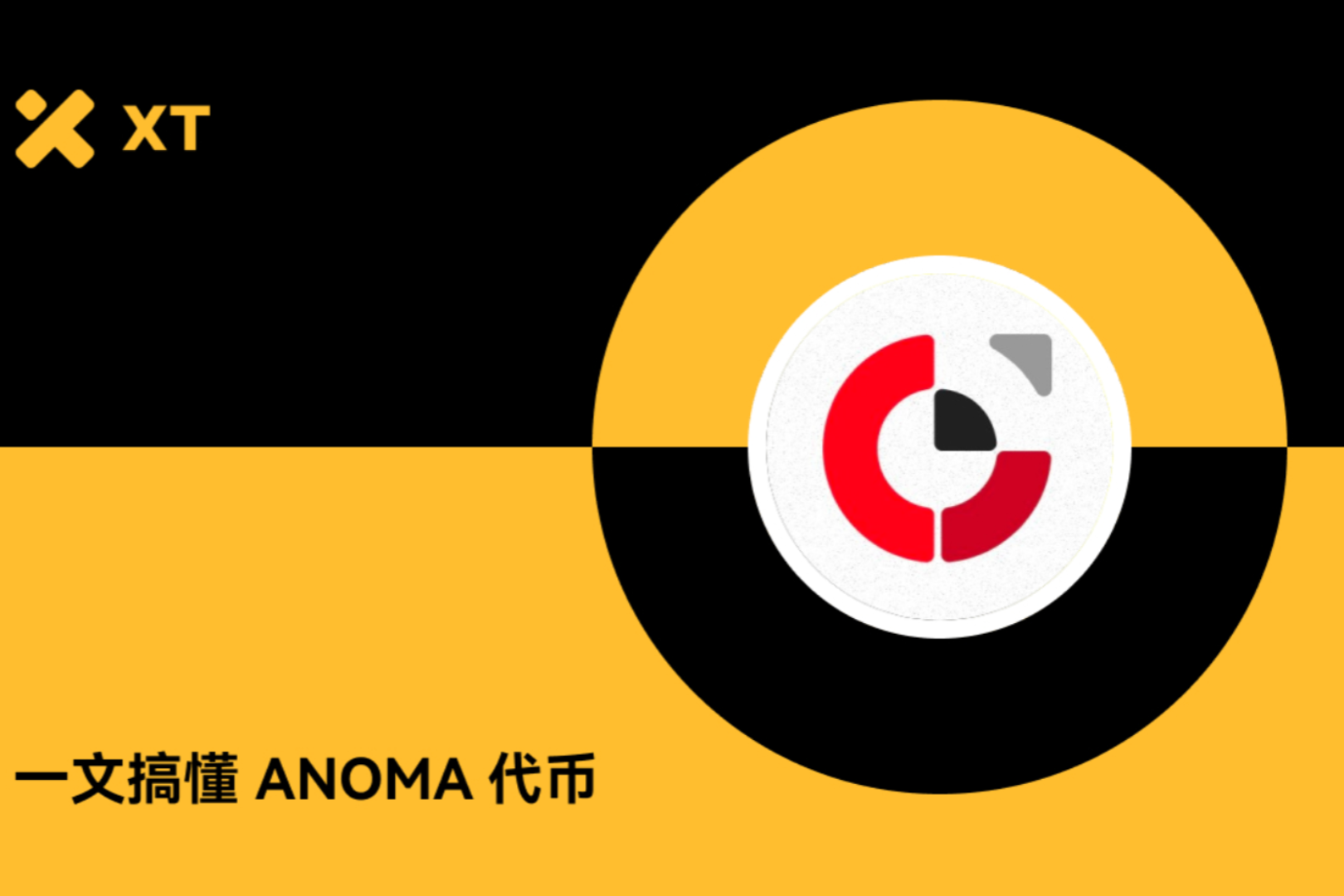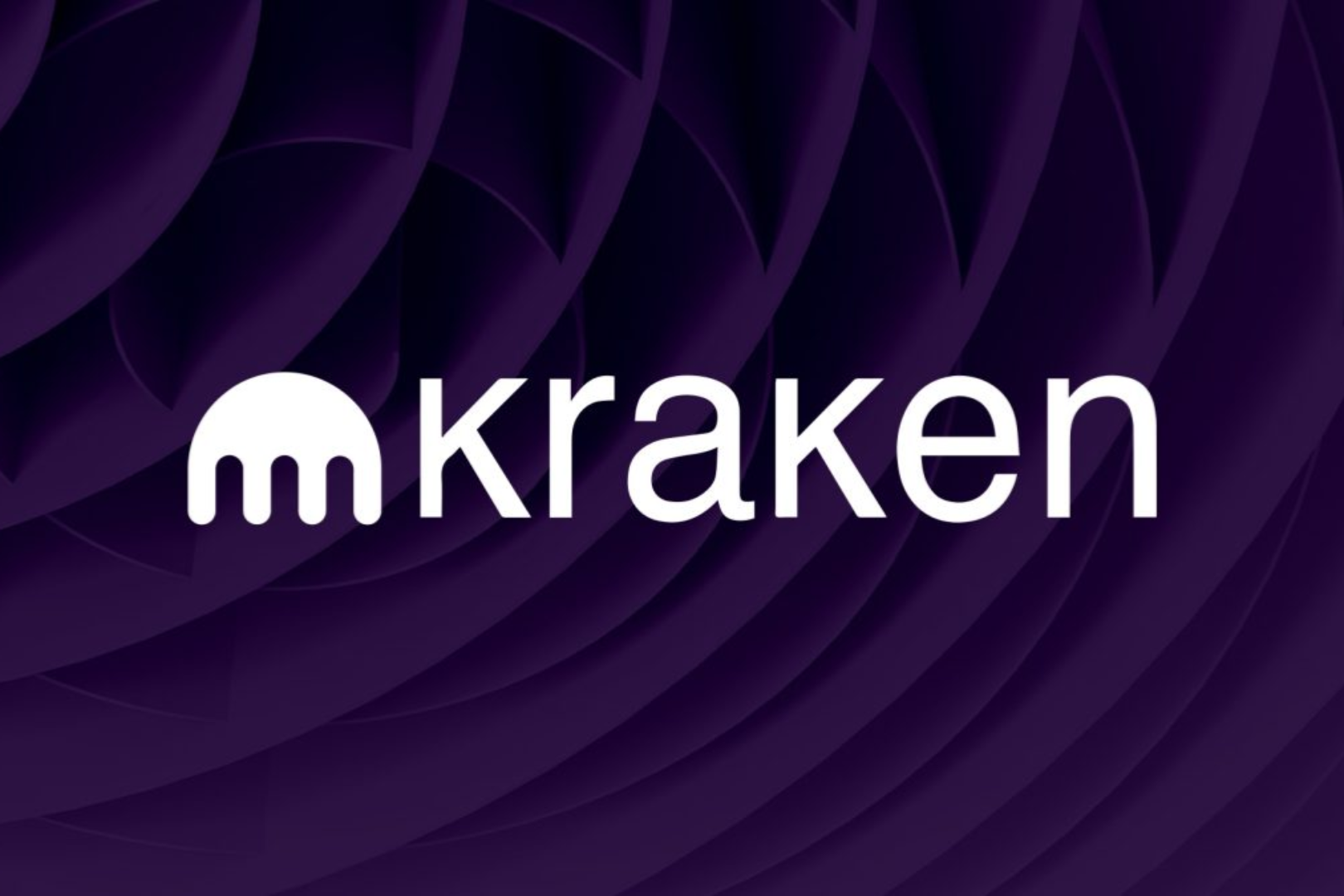
Editor's Note: This article comes fromCybtc Blockchain (ID: cybtc_com), Author: cncoin, reproduced by Odaily with authorization.
Editor's Note: This article comes from
Cybtc Blockchain (ID: cybtc_com)
, Author: cncoin, reproduced by Odaily with authorization.
Last year, when the author discussed with others about whether the current blockchain is decentralized, I mentioned a point of view. Now, except for Bitcoin and Ethereum, most coins are actually centralized. The so-called Decentralization may seem like a scam to most projects, and most projects are actually centralized projects.
Although the point of view is relatively sharp and has caused opposition from others, it is actually the case, but many people do not want to look directly at it. Today, the API service interruption of Infura, the basic service provider of Ethereum and IPFS, is actually a typical example. For example, the basic services of the blockchain are still too centralized.
secondary title
The number of nodes is large, is it really decentralized?
We all know that the current blockchain projects and digital currencies are nothing more than divided into two categories, one is the POW mining model, and the other is the POS mining model. Many people value the decentralization of the blockchain and think that The number of nodes, thinking that a large number of nodes means decentralization, so many projects are desperately adding nodes, but in fact, the nodes are all running in each cloud service manufacturer, and the cloud manufacturer is the final unified manager. style node management.
Later, since POS became popular, and many improved types based on POS were derived, such as DPOS, etc., at this time, it can be seen that the decentralization is weaker. If it is the Monero, one CPU and one node Fortunately, if you accept it, then POS is basically unqualified, so they started to make a lot of new tricks, but POS remains the same, and the centralization is actually more serious.
For typical projects, such as EOS, I won’t go into details here, but let’s simply talk about whether any DPOS project needs to have a node, whether it needs to pledge coins, and then come up with a gameplay like staking. Woolen cloth? Did they really build the servers themselves? In fact, more of the POS-like nodes we call, in fact, are basically built on cloud servers.
Domestic common such as Baidu Cloud, Alibaba Cloud, Tencent Cloud, foreign common such as Amazon, Microsoft cloud services, etc. Of course, at present, the most popular is Amazon. I once joked that Amazon is actually the biggest For blockchain companies, because the nodes of most projects in the currency circle are hosted by Amazon.
If we imagine that one day an accident occurs in one of Amazon's computer rooms, such as power outages and network outages, will it cause certain large-scale projects to fail to operate? Here I think this is almost certain.
After all, the reality is that it is unrealistic to buy a server by yourself and put it at home like mining. It is unrealistic to put it in the company. You have to face various risks such as temporary power outages and network outages, and in order to ensure safe operation, you have to To equip with UPS/satellite network to prevent accidents. In addition, the physical security of the server is also very important. For example, thieves and the like must be prevented. At the same time, if there is a natural disaster such as fire one day, it will cause harm. The current DPOS and other models are basically above is difficult to solve.
It is even possible that all nodes of a project party are hosted in Amazon, which is even more dangerous. If we regard Amazon's server cluster as a large computer, then the hosted nodes are equivalent to a simulated intranet. It is the scariest, and even Ethereum may have such a problem in the future.
What we saw today is a problem with a basic API. Although the impact is not very big, if you look at this point in depth, there are still many problems. This is also something that all types of project parties need to pay attention to in the future.
So what is decentralization in the true core sense? The author believes that Bitcoin is actually a typical example. When Bitcoin’s full-node wallet synchronizes blocks, various nodes are actually connected point-to-point. API services are limited to the use of light wallets, and the real full-node is running by itself. You don't need to host Amazon or Alibaba Cloud, as long as you have a computer, or even a Raspberry Pi, this is very different from most current projects.





